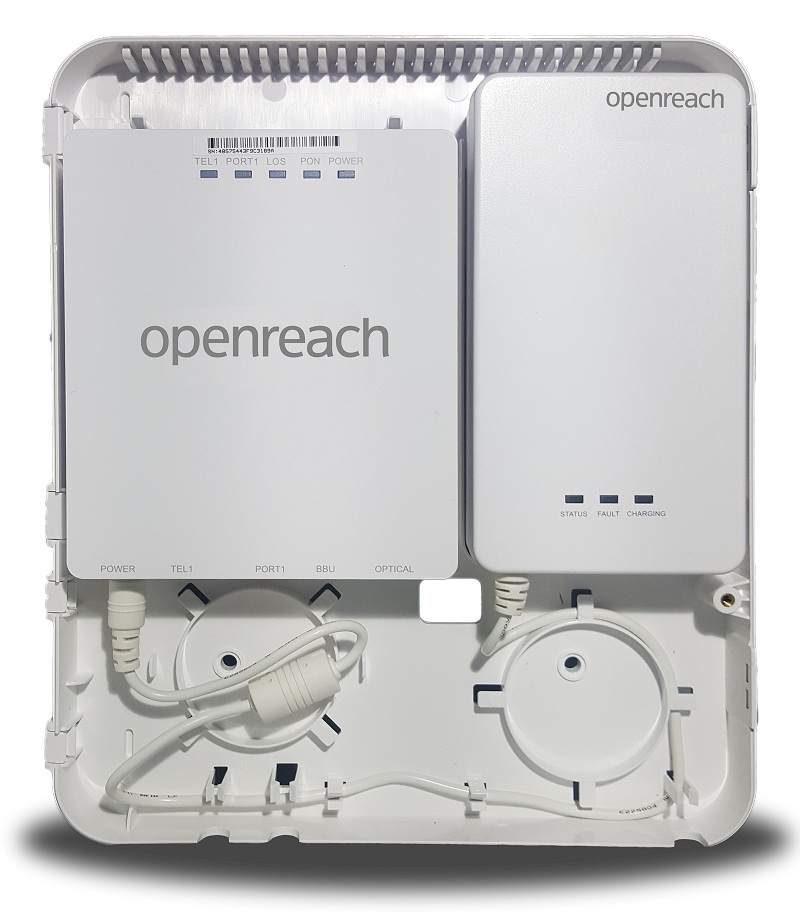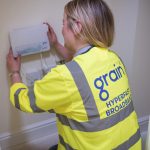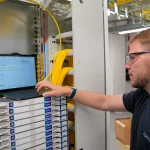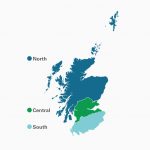Protecting Access to Emergency Services in a Broadband VoIP World
Operators like KCOM and BT are preparing to move away from traditional analogue telephone networks (PSTN) and replace them with broadband based all IP solutions. As part of that Ofcom are consulting on maintaining access to UK emergency services (police etc.), which could be more exposed to power cuts etc.
The regulator’s existing General Condition 3.1 (GC3.1) rule requires every communications provider to “take all necessary measures to maintain, to the greatest extent possible, the proper and effective functioning of its network at all times … and uninterrupted access to emergency organisations for their end-users.”
One often overlooked advantage of the existing copper telephone network is that they’re powered via the network (e.g. exchange) rather than your home or office, which for example means that you should still be able to make a phone call during a power cut. This assumes that you have an analogue phone to plug-in, since DECT phones don’t always work in a power cut (even when fully charged).
Advertisement
Unfortunately future broadband-based call services will not work in a power cut at all, without additional measures, and as a result Ofcom has proposed to update their existing guidance for telecoms operators. This will be based around the following four “principles“.
Ofcom’s Proposed Principles for Broadband Calling
1. Communication Providers (CP) should have at least one solution available that enables access to emergency organisations for a minimum of one hour in the event of a power outage in the premises;
2. The solution should be suitable for customers’ needs and should be offered free of charge to those who are at risk as they are dependent on their landline;
3. CPs should i) take steps to identify at risk customers and ii) engage in effective communications to ensure all customers understand the risk and eligibility criteria and can request the protection solution; and
4. CPs should have a process to ensure that customers who move to a new house or whose circumstances change in some other way are aware of the risk and protection solution available.
At this point it’s worth highlighting that many “full fibre” (FTTP/H) based broadband networks have been dealing with this sort of challenge for awhile. For example, when Openreach installs a new Fibre-to-the-Premises (FTTP) line into a property then they also install a combined Battery Backup Unit (BBU) alongside their Optical Network Terminal (ONT) inside the premises (pictured below).

Going forward we’re likely to see more of this, including similar solutions for those who may not wish to have a broadband service and instead only desire to retain a landline phone. “We recognise that most consumers could use their mobile during a power cut, but those who are dependent on their landline, including those without mobile access, will require additional protection,” said Ofcom.
On the other hand the requirement to support at least 1 hour of service (e.g. battery backup) is all well and good but it does mean that some consumers may still be vulnerable to more protracted power outages (NOTE: BBUs often enable you to add replacement rechargeable batteries). Luckily for most of us such outages are usually restored within an hour, although major storms have been known to cause outages that can last much longer.
Advertisement
At present consumers shouldn’t really be worrying about any of this because the process of withdrawing the old phone network will take several years, with BT (Openreach) hoping to complete it by 2025 (here). Admittedly KCOM in Hull are widely expected to make much more rapid progress (here).
Ofcom’s consultation can be found here and they intend to leave it open for responses until 5th July 2018.
Mark is a professional technology writer, IT consultant and computer engineer from Dorset (England), he also founded ISPreview in 1999 and enjoys analysing the latest telecoms and broadband developments. Find me on X (Twitter), Mastodon, Facebook, BlueSky, Threads.net and Linkedin.
« Q1 2018 BDUK Extend Superfast Broadband to 4.85 Million Premises

















































Comments are closed